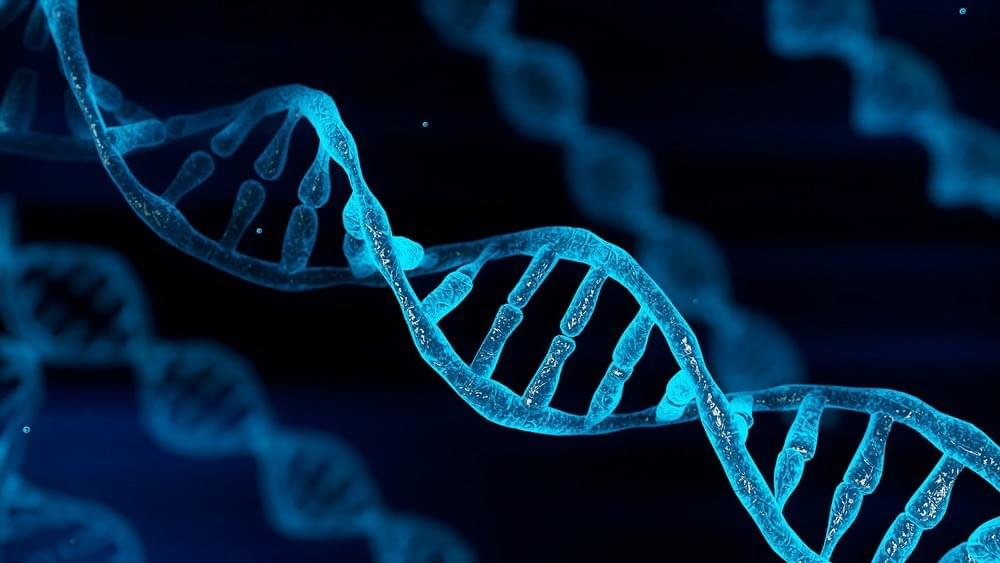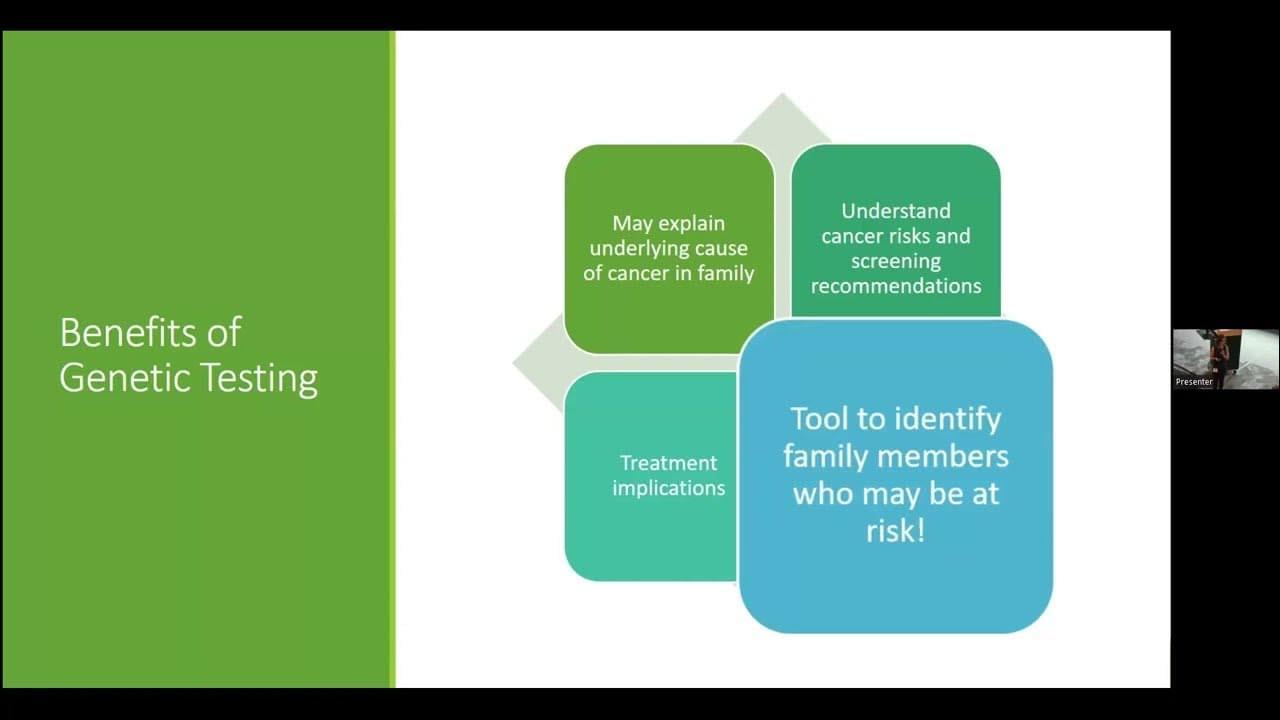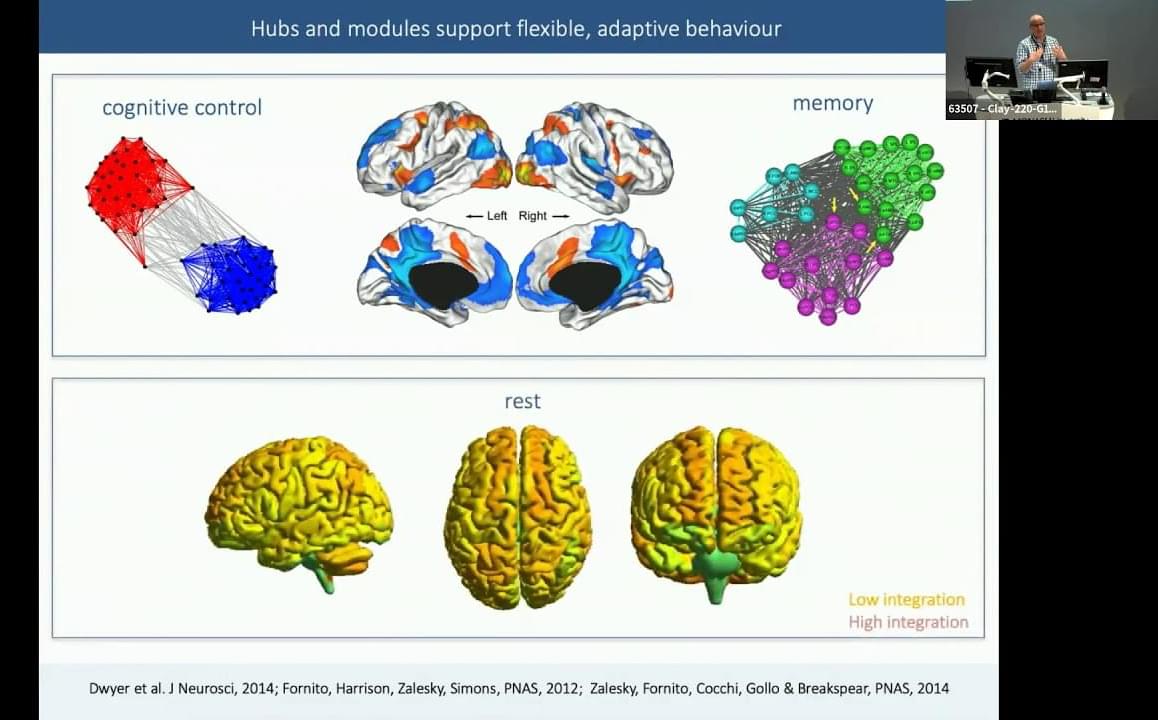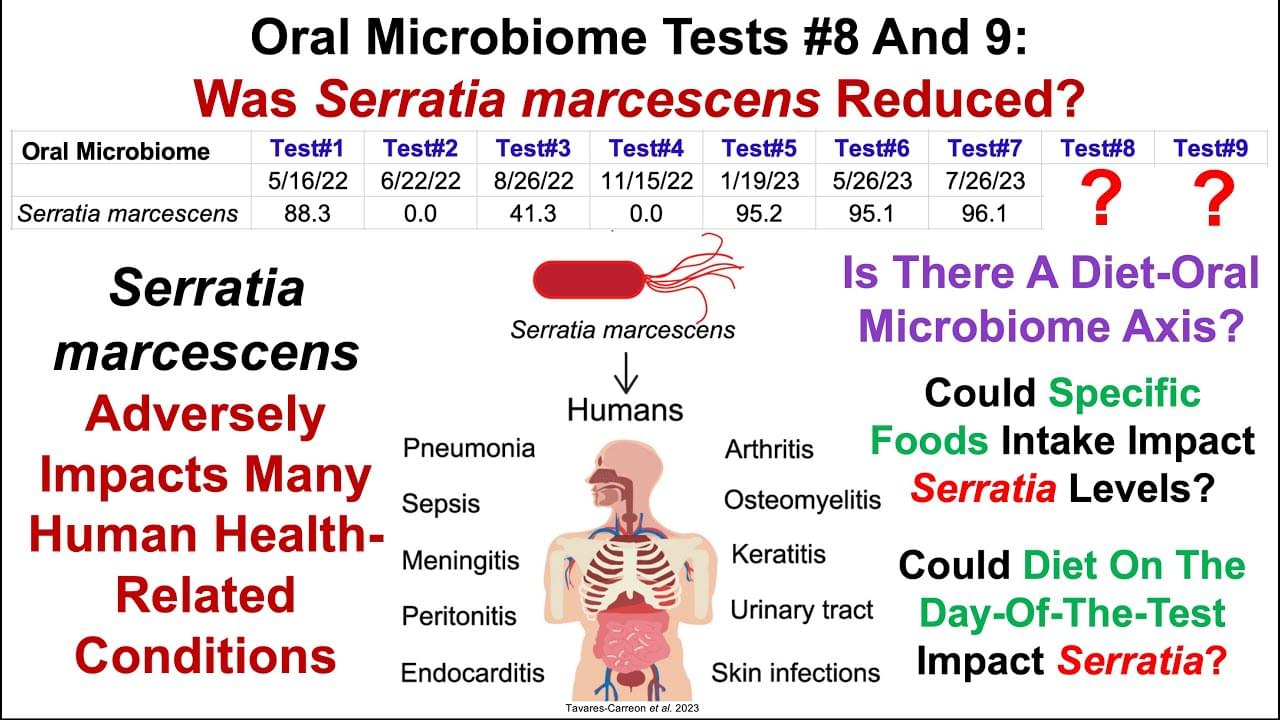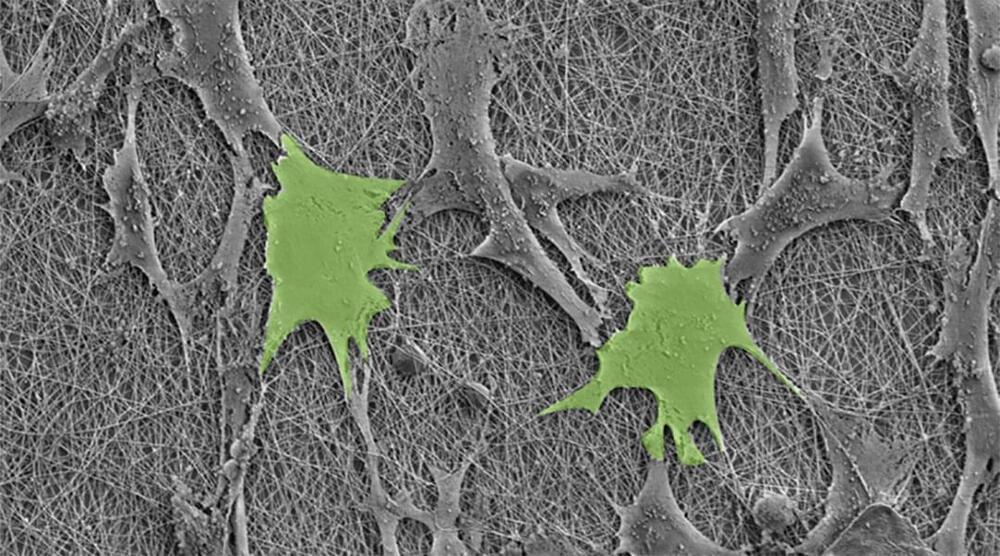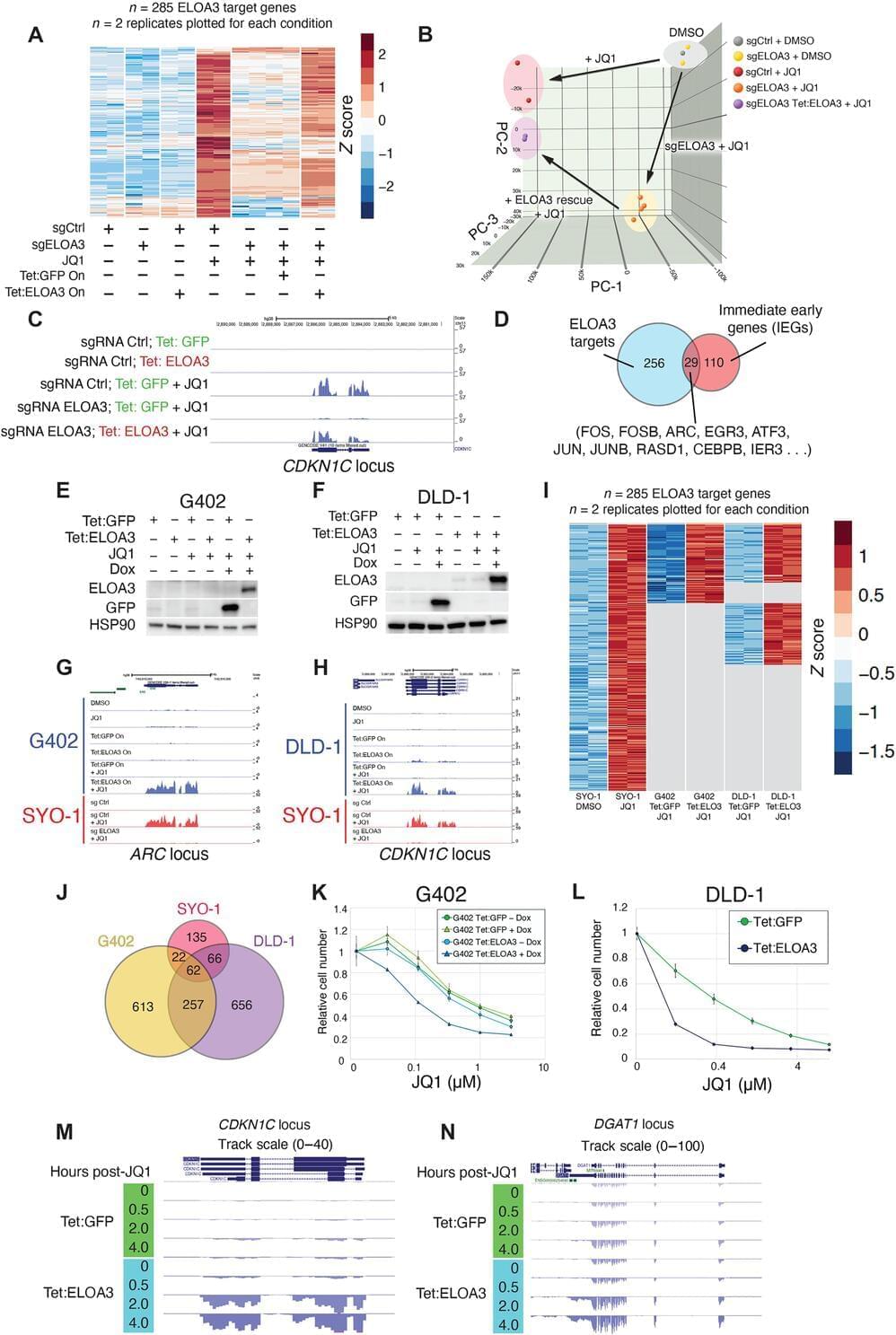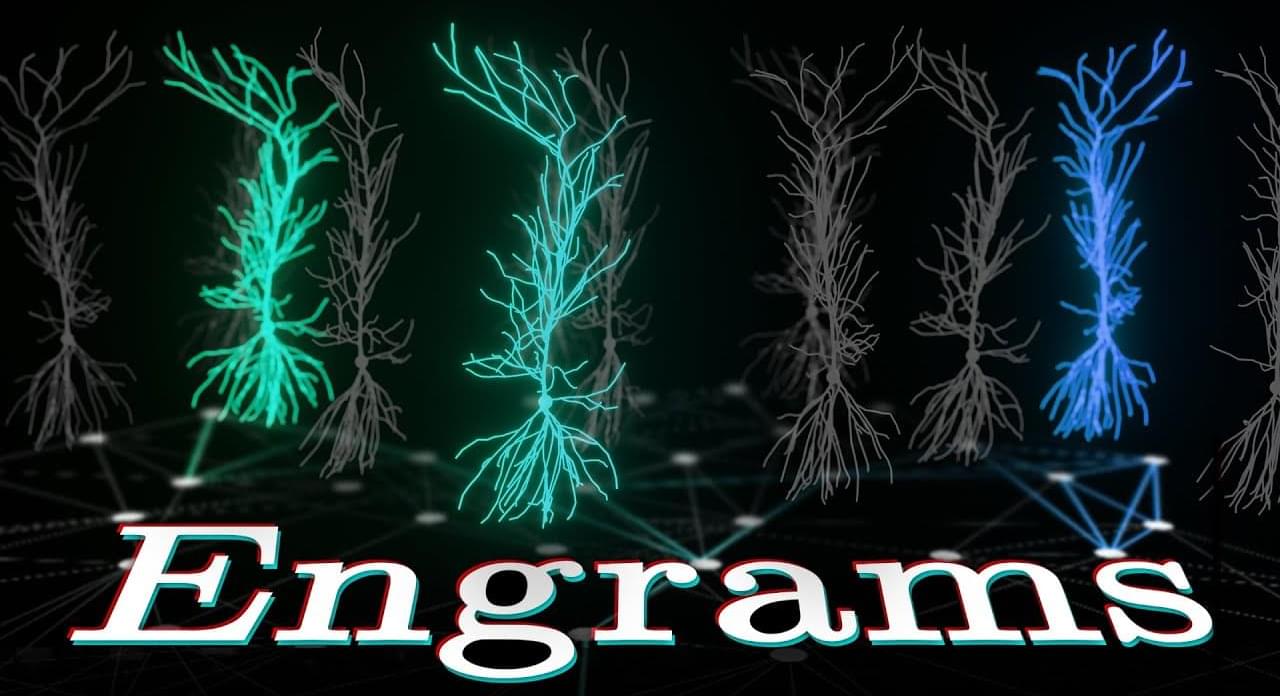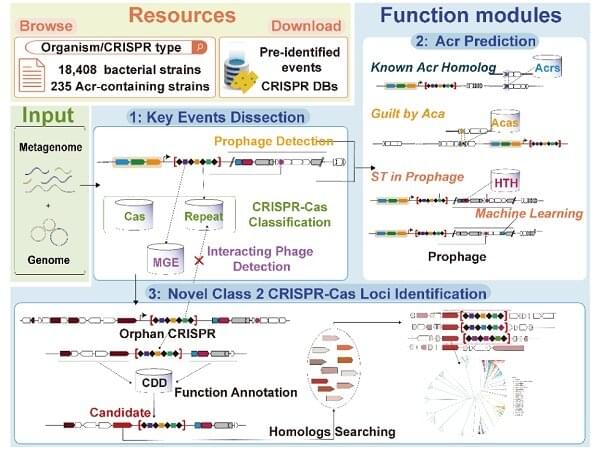Nov 27, 2023
Pet geneticists use AI to visualize how dogs will look in 10,000 years
Posted by Quinn Sena in categories: genetics, robotics/AI
Veterinarian experts at Basepaws, a genetics testing company for pets in California, looked into the possibilities of how dog breeds of today will evolve 10,000 years down the line. The experts give their inputs to neural networks to generate some interesting visualizations.
Take a moment to see if you can recognize the breeds in the images below.
It is well known that modern-day dogs evolved from wolves that got friendly with humans. The exact timeline of when this friendship began is up for debate in the scientific community. But now that it has been established, it is unlikely that the bond will be shaken by anything in the future.

